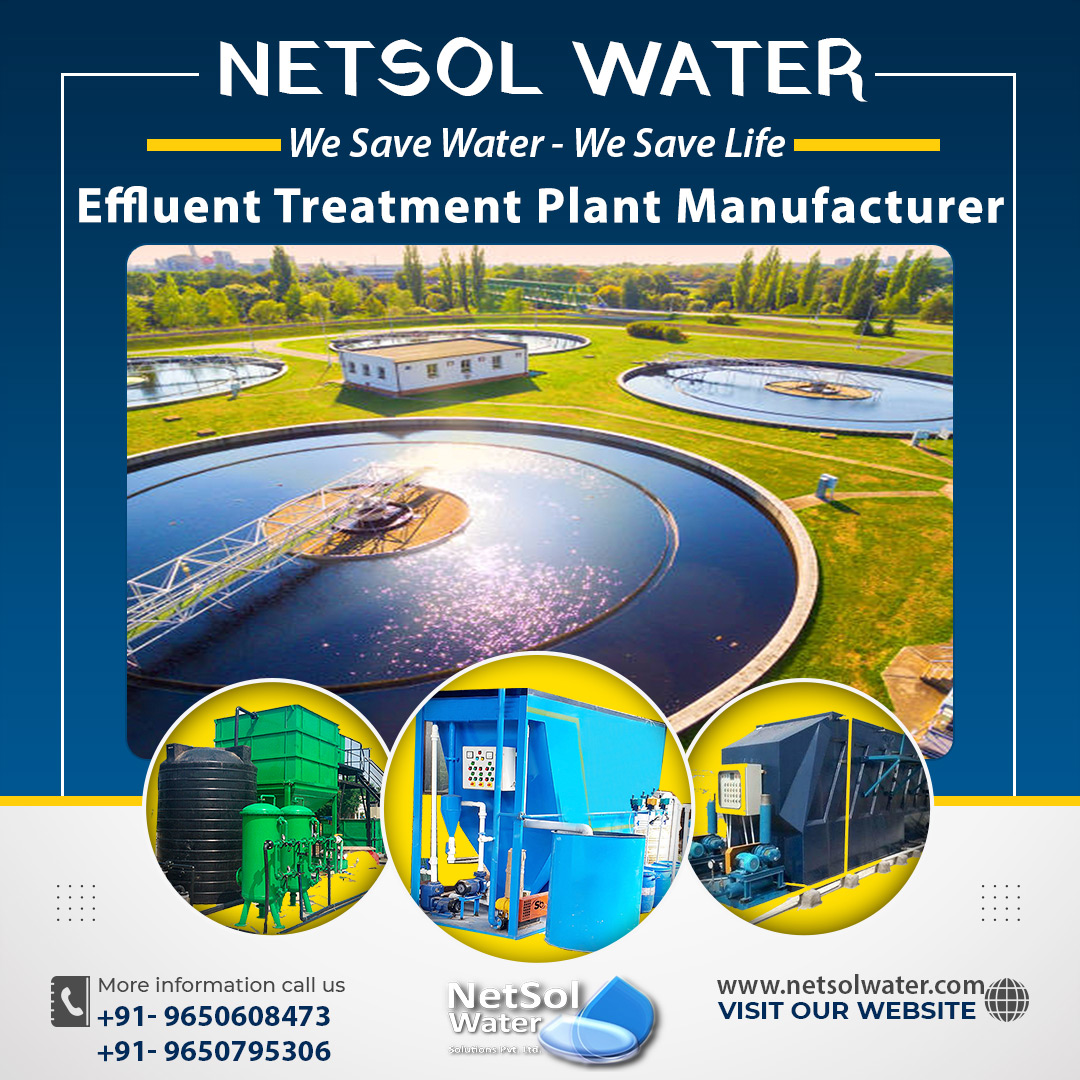Introduction
Water has a wide range of applications in the food and beverage industries. Aside from being a product ingredient, water is a convenient, sanitary, and low-cost resource for cleaning and other production needs.
The wastewater generated by this industry needs proper and advanced treatment. Therefore, Netsol Water offers the best effluent treatment plants including a clarification process, for the treatment of effluent produced by the food and beverage industry.
Characteristics of Food and Beverage Industry Effluents
The wastewater from food manufacturing contains high concentrations of several organic compounds, including carbohydrates, starches, proteins, vitamins, pectin’s, and sugars, which are responsible for high COD and suspended solids. If not properly treated, wastewater from a series of processes, cleaning, cutting, slicing, washing, frying, salting, coating, and packing, is a significant source of environmental pollution.
How can Food and Beverage manufacturers improve Effluent Treatment?
Industrial wastewater treatment systems are typically implemented on-site prior to discharge, to a local wastewater treatment plant due to the massive amount of effluent, which is frequently generated by industries in the food/beverage industry. These systems can also be used for water recycling.
One of the primary steps in these treatment systems typically employs sustainable clarification. Using a bio-organic flocculant can reduce total suspended solids, biological oxygen demand (BOD), chemical oxygen demand (COD), and phosphorus, before secondary and tertiary wastewater treatment processes, in a sustainable and efficient manner. This reduces the pollutant load on these treatment systems, which must treat the water before discharge or reuse.
Effluent treatment processes in food and beverage industry
Water treatment in the food and beverage industries involves a variety of technologies. There are several stages of water treatment that help in eco-friendly discharge, ranging from eliminating FOGs, to treating high levels of BODs and CODs:
· Clarification
Clarification uses flocculants and coagulants to remove suspended solids and particulate matter, which encourages settling.
· Biological treatment
By decomposing organics, this step improves the quality of food and beverage industry effluent.
· Disinfection
Disinfection with water treatment chemicals and UV destroys disease-causes organisms, to prevent their spread. Processes such as ozonation and ultraviolet radiation, also help in the elimination of biological contaminants that remain in the water after treatment.
· Filtration
It is a technique for physically, mechanically, and biologically separating solids from treated water.
· Reverse Osmosis
This step recovers reusable water through membrane separation.
· Softening
This step requires water softening and involves removing the calcium, magnesium, and other metal cations, using ion exchange resins.
Conclusion
Every day, the food and beverage industry generates significant amounts of wastewater. Approximately two-thirds to three-quarters of this water is typically discharged as effluent, to a municipal sewer system. As a result, it is critical that wastewater be treated sustainably before it is released, reducing harm to the local ecosystem and pollutants in nearby water sources.
Manufacturers of ETPs for food and beverage industries
The wastewater or effluent treatment for the food and beverage industry is simple and easy, with Netsol Water. We've served a variety of industries, catering to their specific requirements for water treatment equipment and plants. We actively recommend and suggest the equipment’s which will work best for you.




